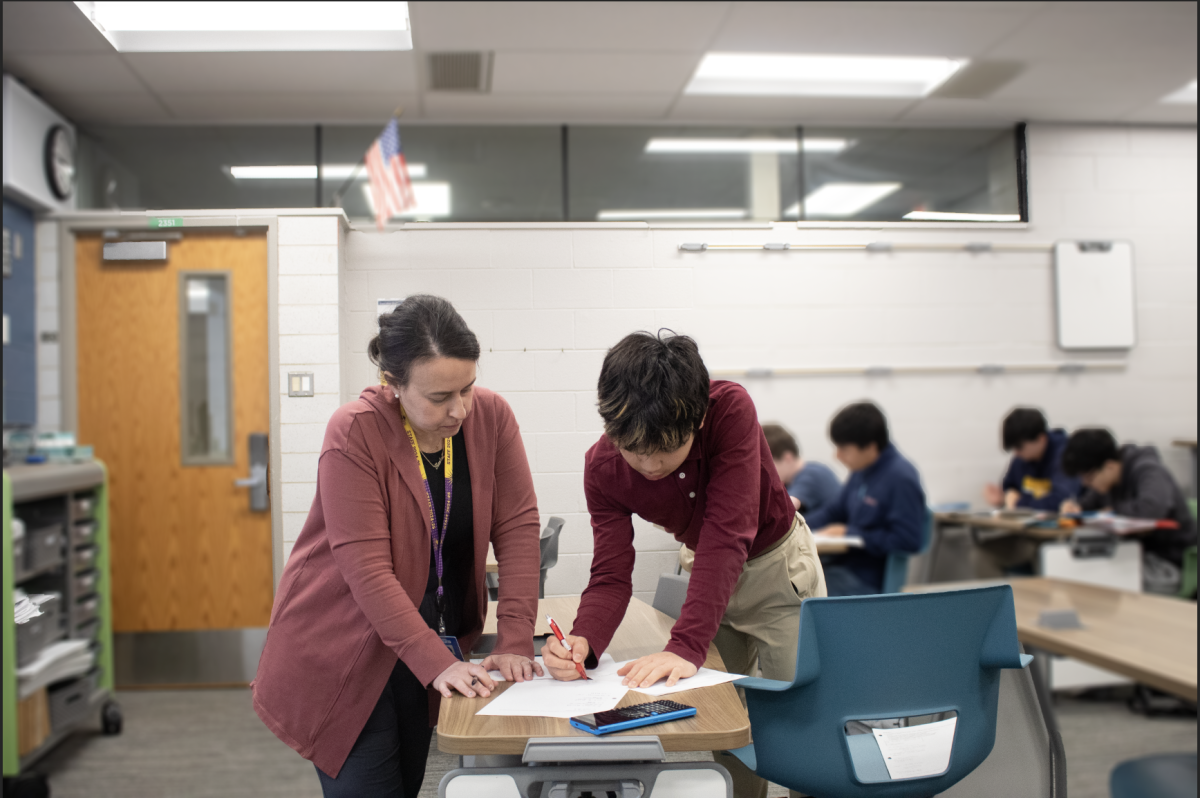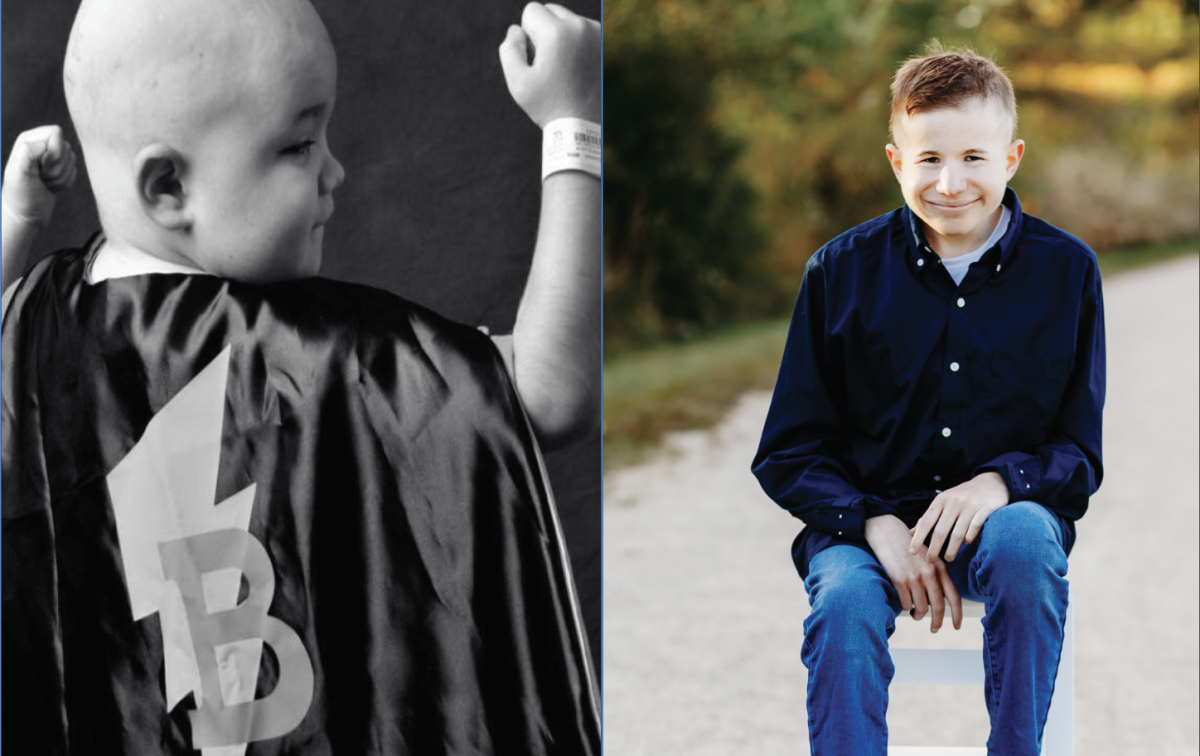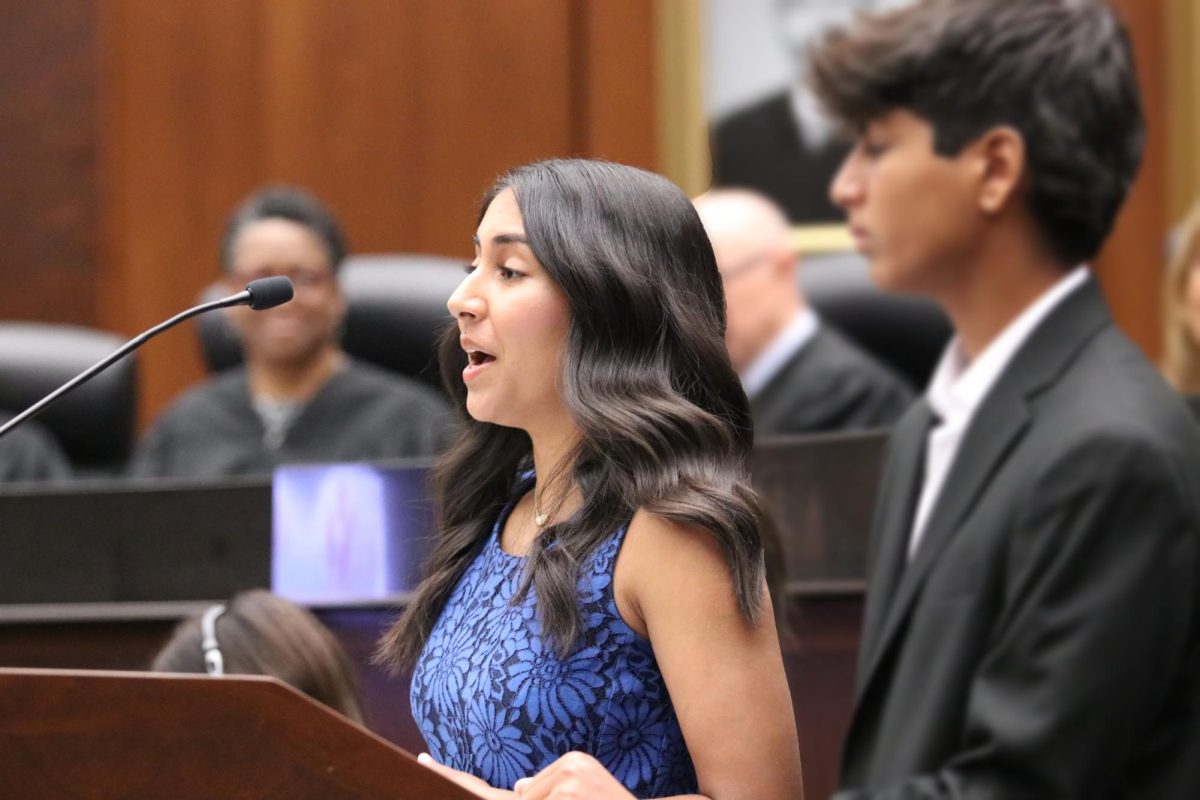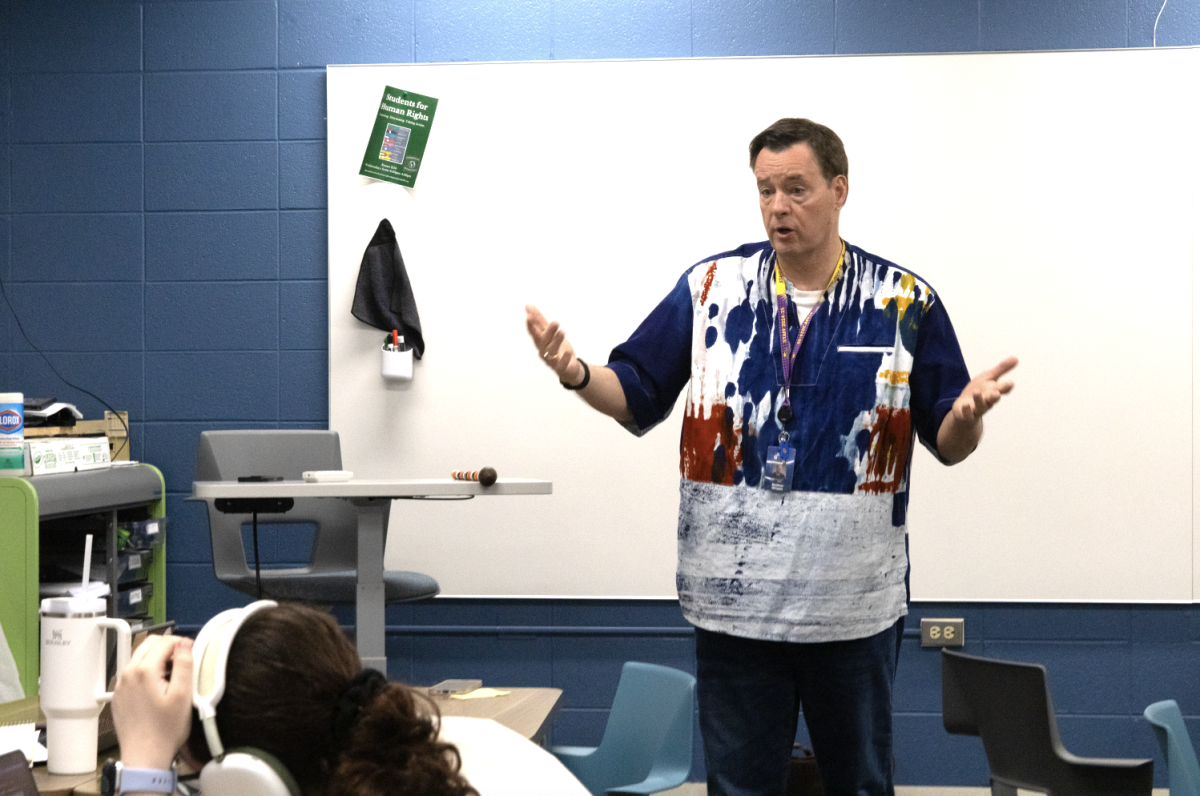Friends serve as a big role in peoples’ lives, but for some people, a friend is just a figment of their imagination.
Psychology teacher Peter Masciopinto believes people have imaginary friends for self-expression.
“I think many students create imaginary friends who are creative and also very intelligent,” Masciopinto said. “I realize that this scenario is very correlational and not cause-and-effect. However, it is a way for young kids to express themselves.”
According to sophomore Leah Fredericks, she first started seeing her imaginary friend Stephen at age four.
“It was a boy, and he was tough,” Fredericks said. “I was shy when I was younger so I guess he was the person I wanted to be in a way.”
Sophomore Danny Arenson also had an imaginary friend at age four who had the same common interests as he did.
“I had an imaginary friend named Dennis,” Arenson said. “He had an afro, […and] he liked basketball and hockey so we had a lot in common.”
According to Masciopinto, imaginary friends
One issue Arenson faced as a child was a lack of a positive social environment at school.
“I think I had an imaginary friend because I was really lonely and didn’t have many friends at the time,” Arenson said. “So it gave me someone to hang out with in a way. Whenever I played basketball I would pretend he was there playing with me.”
Like Arenson, Fredericks made up an imaginary friend because of her secluded childhood.
“I think I had him because I was lonely,” Fredericks said. “I grew up an only child, and I was bored so I made him up so I wasn’t so bored [and] gave him characteristics that I wanted to have.”
According to sophomore Shea Filler, she believed in her imaginary friend until her parents intervened.
“I used to have an imaginary friend named Tony when I was like five,” Filler said. “I just remember one day one of my parents told me he wasn’t real, [and] I felt so embarrassed so after that I just stopped thinking about Tony and never had another imaginary friend after that.”
For Fredericks, her imaginary friend showed up at different times.
“I noticed him show up when I was down or wanted someone to play with,” Fredericks said. “It was easier [to have an imaginary friend] than going up to kids. I realized I could have fun with someone in my mind.”
It wasn’t until Fredericks started making friends that she forgot about her imaginary friend.
“I stopped having my imaginary friend when I moved to Glenview which was about third grade,” Fredericks said. “I just let him go because I felt like I was making new friends, and I didn’t need him anymore.”
Masciopinto believes there is a strong connection between having imaginary friends and being significantly intelligent and creative.
“One of my friends had about five imaginary friends, and he is one of the smartest guys that I know,” Masciopinto said. “He had a great time using his imagination. He trains individuals in the Navy to work on Nuclear submarines. I realize that this is a case study, but it looks at the issue of intelligence […] [it’s] the ability to think out of the box.”













